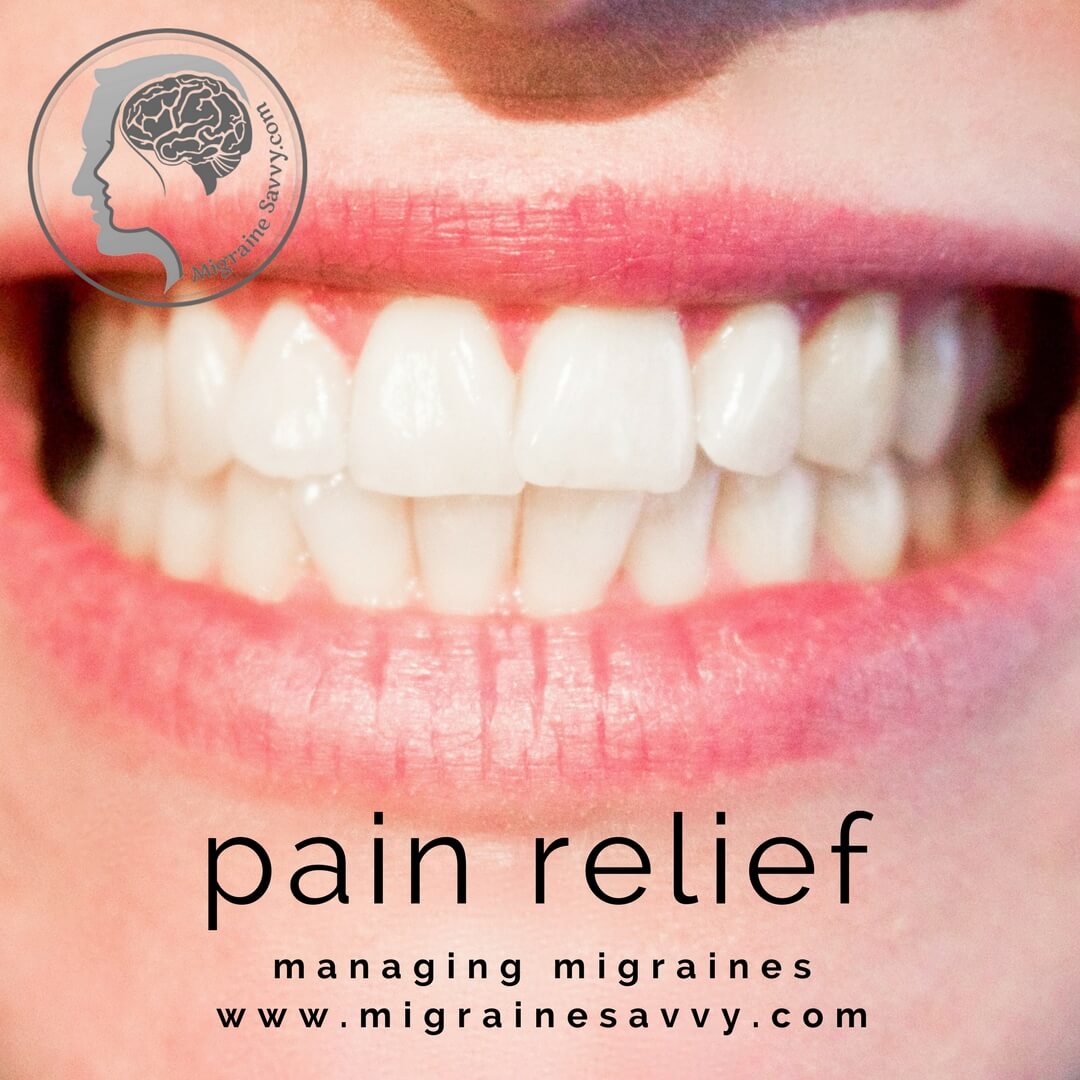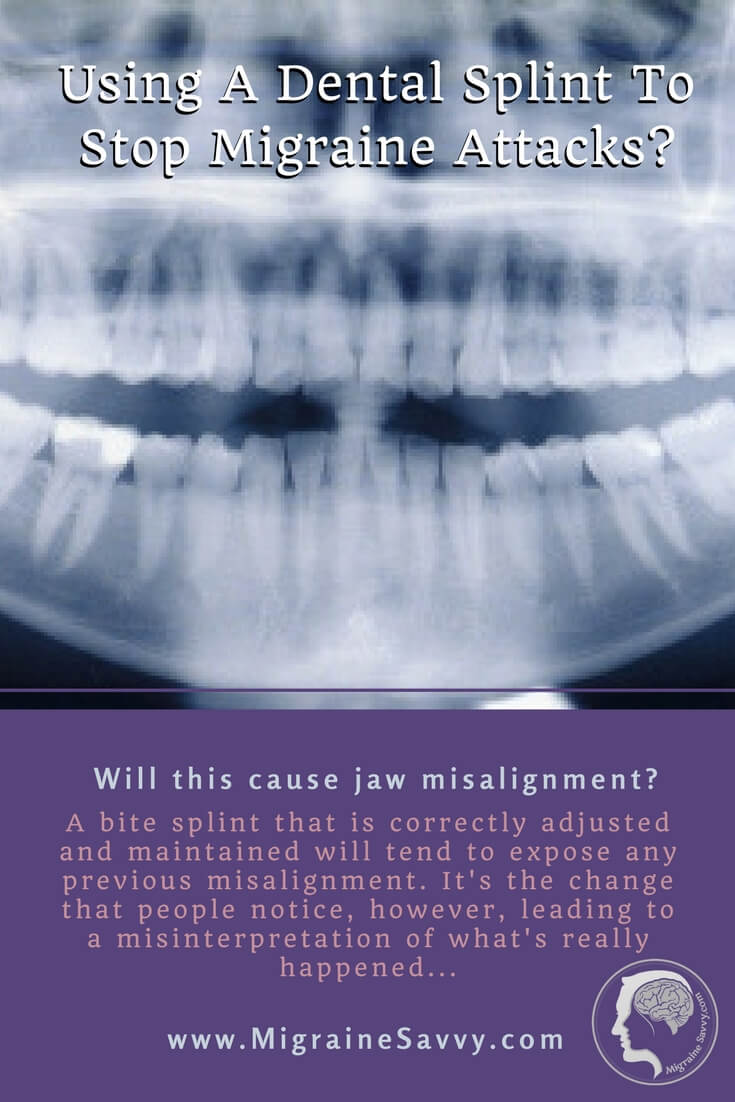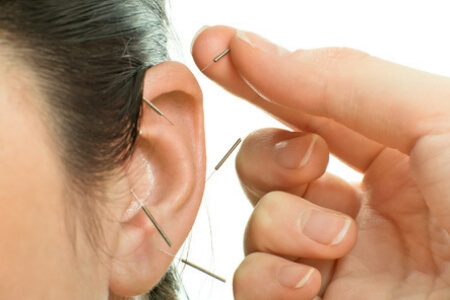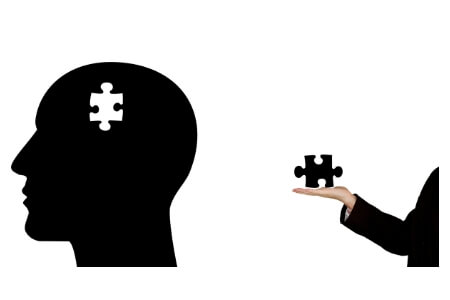- Home
- Alternative Treatments
- Dental Splint
Magnesium Deficient = More Migraine Attacks
Science confirms this hidden trigger.
Get all 7 forms your body actually absorbs in one bottle.
🎁Save 10% with my code!
Magnesium Deficient = More Migraine Attacks
Science confirms this hidden trigger. Get all 7 forms your body actually absorbs in one bottle +
🎁Save 10% with my code!
Migraine Dental Splint: The Latest Expert Advice
~ Guest post by dentist Dr. Richard Mitchell, BDS. Verified and published by Holly Hazen.
Dr. Richard Mitchell answers the most common question about using dental splint therapy to stop migraine headaches. In fact, he uses the NTI splint himself to stop his own headaches. He provides intricate details with jaw dropping accuracy.
My #1 Choice in Magnesium Supplementation
Does a dental splint cause jaw misalignment?
Over the years, I have found that questions about jaw misalignment frequently crop up when I recommend a night-time dental splint to help with TMJ or migraine issues.
When I ask the patient what they mean by the phrase "jaw misalignment", (in an attempt to find out exactly what it is they are worried about), I nearly always get a very vague answer.
People have somehow heard or read about a possible misalignment of their jaws if they use any kind of dental splint.
So, what DO we mean by the words "jaw misalignment?"
From a dentist's point of view, there are 2 possible situations where we might talk about the jaws being "out of line".
1. The first situation involves the jaw joint (the TMJ or "temporo-mandibular-joint"). The jaw joints are not like any other joint in the human body. Unlike a simple hinge joint or a simple ball-and-socket joint, the jaw joint allows the lower jaw to move up, down, forwards, backwards, and side-to-side.
But there are actually 2 joints - one on the left-hand side of your head and one on the right-hand side. Each joint is like a small ball-and-socket joint, with a sloping surface of bone at one side that the "ball" can slide down for about 10 millimeters.
When you start off with your teeth clenched, and slowly open your jaw, the joint just rotates in its socket to start off. After your front teeth edges are about 8 - 10 mm apart, the joint motion changes. It's rotated as far as it can in its socket. To open your mouth more, that "ball" part of the joint moves out of the socket and starts to slide forwards down the boney slope, allowing your mouth to open wider.
(Note: - if, for some reason, your jaw is forced open even wider, the "ball" of the joint can reach the bottom of the boney slope and "pop over the edge" - so now your jaw is locked open; you have a dislocated jaw joint.)
Back to the jaw movement - so far we've talked about your lower jaw opening, where the joint starts out moving like a hinge and then sliding forwards.
When you move your jaw to one side, you can probably imagine that one jaw joint rotates sideways, with the "ball" of the joint simply twisting sideways in the "socket", while the other joint slides forwards .
As you can see, movement of the lower jaw is really complicated!
When you are relaxed and at rest, with your mouth closed and your teeth separated by 1 - 2 mm, your jaw joints are normally equally positioned inside the ball-and-socket on both sides.
This is the ideal situation. But sometimes the jaw joints are not in the same position on each side. Sometimes one joint is slightly rotated while the other is not, and sometimes one joint is in a significantly different position to the joint on the other side.
Strangely, with the jaw joints in different positions, the upper teeth and lower teeth may fit together well. When you bite your teeth together, your teeth seem to meet evenly all the way round.
This can feel very comfortable, even though your jaw joints are in different positions. At this point, you actually have a jaw misalignment!
Normally, this arrangement doesn't cause any problems. But occasionally, if you start to clench or grind your teeth at night, the jaw joints become unequally loaded. The joint that is seated back in its socket will tolerate a high load being put through it by the jaw muscles. But the joint that is slightly out of position will start to suffer. You will start to get a pain in that joint. You will have "TMJ"!
My #1 Choice in Magnesium Supplementation
What does this dental splint change?
Now, what if you get a bite dental splint made, to wear at night? What does this change? The main changes will be a reduction in the clenching forces - you can read about this at Does TMJ Cause Headaches? Learn How To Prevent Attacks In Your Sleep.
The other main effect will be to allow your lower jaw to slide around left-and-right and back-and-forwards, until it finds a comfortable position. Because your teeth are not biting on each other, this position is not dictated by how the teeth fit together. This new position is dictated by what your jaw joints find comfortable - the dental splint allows your jaw joints on both sides to slide back into their sockets! This is the ideal position, because the joints are no longer out of place.
So far, so good. Are you still with me? Great! Now let's look at what happens when you wake up in the morning, and take that dental splint out. Your jaw joints are still in their nice, even positions.
Then . . .
you allow your teeth to come together - and you notice that your teeth feel really weird when you clench them together! They do not meet the way they usually do!
You have a jaw misalignment... actually, no, you don't!
Your jaw was slightly misaligned to start with. The dental splint has allowed your jaw joints to go back into their correct anatomical positions. But your bite feels weird. Strangely, people seem to focus much more on this new sensation, as opposed to the fact that their TMJ pain (or migraine pain) is reduced.
After a period of some weeks or months, this sensation of the teeth not meeting as usual (ie. a jaw misalignment) goes away.
I have personally worn an NTI night splint every night for the past 10 years. At first I noticed the weird bite thing in the mornings. But I noticed my improved headaches much more! After about 6 months I didn't notice the different bite position any more.
So much for the jaw joints being misaligned. What's the other possibility that I mentioned at the start of this article?
What other jaw misalignment could there be when you wear a night-time bite dental splint?

The other possibility is that you start to notice a slight space between the biting edges of your front teeth.
When you clench your teeth together, you might notice a slight gap at the front - you would have a problem biting a piece of cotton thread, for example, or tearing a piece of adhesive tape.
Sometimes people refer to this as a jaw misalignment.
Others think that the front incisor teeth have been "pushed into their sockets" by the splint. (Remember, the little NTI splint described on the post migraine remedy only fits over the lower four front teeth - there is a small gap between the back teeth top-and-bottom).
Neither are true. Orthodontists (dentists who straighten teeth with tooth braces) would be really happy if they could move teeth that simply with a little splint!
WATCH MY FREE MIGRAINE WORKSHOP FOR PRACTICAL TIPS >>
So what's really happening?
Actually, it's to do with the jaw joints again. The smooth glossy surface of the bite splint has allowed the joints to move further back into their sockets on both sides. This means that the lower jaw sits a fraction further back than before. And remember, the very first part of the jaw joint movement is simple rotation. So the whole lower jaw rotates a fraction, with the front part rotating down. And so a tiny gap may open up between the upper and lower front teeth.
Again, with time, this will tend to close, as the teeth gradually adjust to the tiny changes in jaw position.
Very rarely is there any need to have orthodontic braces fitted to move the teeth after wearing an NTI night splint.
In a published study of 90,720 NTI splint treatments, (that's over ninety thousand!) only 1.6% of patients wanted to have extra treatment afterwards due to changes in their tooth position or a jaw misalignment.
For more detailed (and more complicated!) information, have a look at http://www.tmj-nti.com
So the concerns that you might have about a jaw misalignment after wearing a bite splint are understandable but unfounded. It's actually the reverse - a bite splint that is correctly adjusted and maintained will tend to expose any previous misalignment. It's the change that people notice, however, leading to a misinterpretation of what's really happened.
For more information, you can find Dr. Richard Mitchell at Dental Health Advice - Migraine Help.
For more help with migraines, make sure you join the mailing list.
I respect your privacy. Your email is safe and used only for this newsletter.
Stay well and pain free,
Hx
WANT MORE TIPS? Subscribe to my newsletter and follow along on Facebook and Pinterest for all of the latest updates.
ALTERNATIVE MIGRAINE TREATMENTS Related Articles
How to be more MIGRAINE SAVVY right now...

















